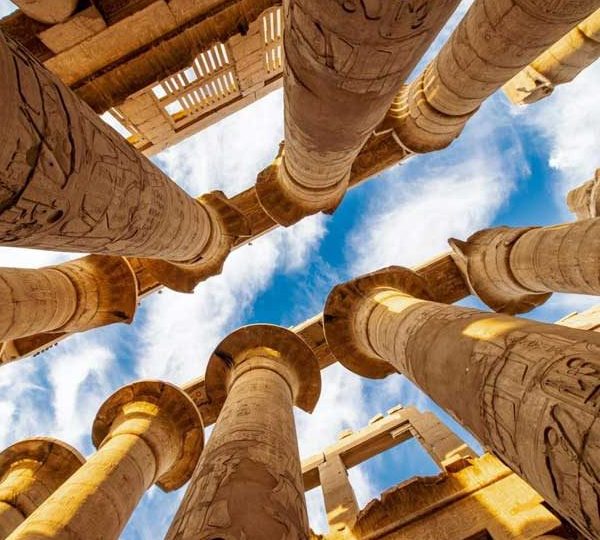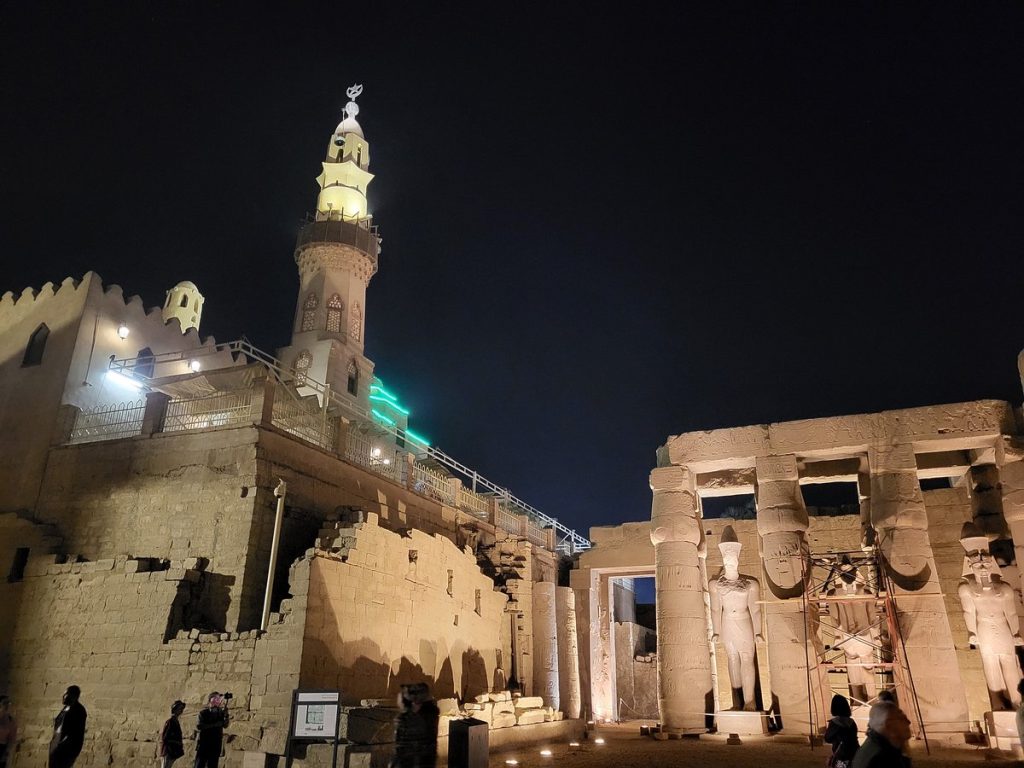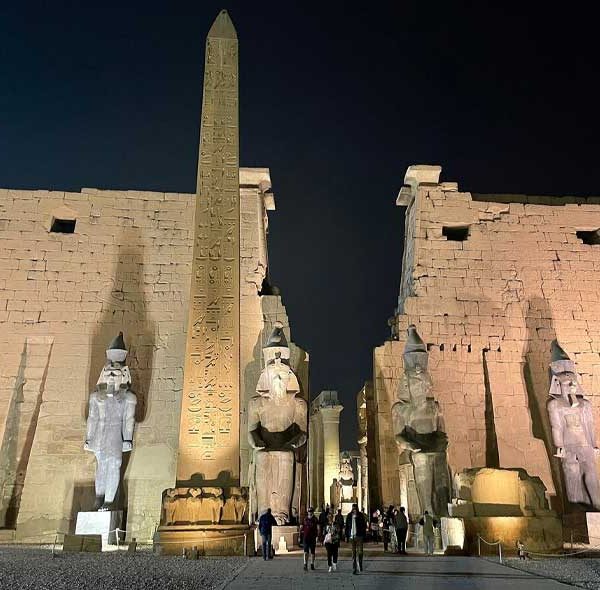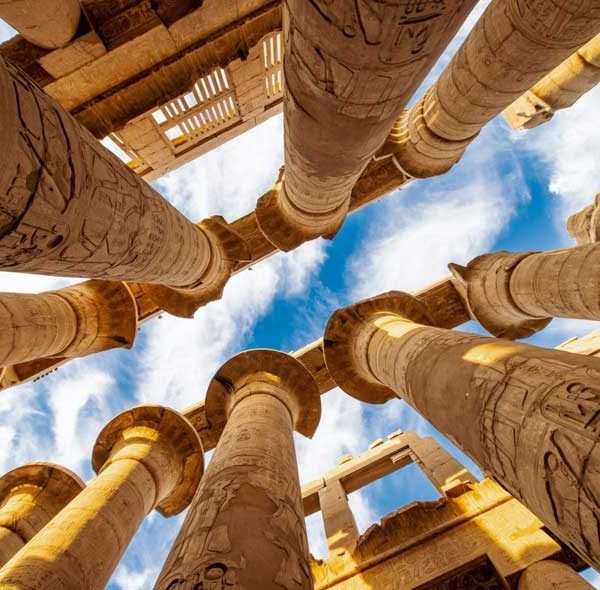Luxor Temple: A Timeless Marvel of Ancient Egypt
Luxor Temple, a magnificent ancient Egyptian temple complex located in Luxor, Egypt, is a must-visit destination for history buffs and travelers seeking to immerse themselves in the rich tapestry of Egyptian culture. This iconic temple, dedicated to the god Amun-Ra and his wife Mut, offers a glimpse into the grandeur and power of the ancient Egyptian civilization.
A Journey Through Time: Historical Significance
Luxor Temple, originally known as “Waset,” was the heart of ancient Thebes, the capital of Upper Egypt during the New Kingdom period (1550-1069 BC). It served as a center of religious and political power, hosting important ceremonies and festivals. The temple’s construction spanned centuries, with additions made by pharaohs of various dynasties.
Architectural Splendor: A Feast for the Eyes
The temple’s architecture is a masterpiece of ancient Egyptian design. The entrance is framed by two towering pylons, adorned with intricate carvings and hieroglyphics. Beyond the pylons lies the Great Court, a spacious area surrounded by columns and chapels. The Hypostyle Hall, a vast chamber filled with towering columns, is another highlight. The temple’s walls are covered with colorful paintings and reliefs depicting scenes of religious rituals, battles, and the lives of pharaohs.
Key Highlights: A Must-See Itinerary
- The Hypostyle Hall: This impressive chamber, with its towering columns and intricate carvings, is a testament to the ancient Egyptians’ architectural prowess.
- The Sacred Lake: This serene lake, located in the center of the temple complex, was once used for religious rituals.
- The Avenue of Sphinxes: This long avenue, lined with hundreds of sphinxes, connects Luxor Temple to Karnak Temple, another iconic temple in Luxor.
- The Obelisks: The temple features two obelisks, ancient monoliths that were once part of the temple’s entrance.
A Glimpse into Daily Life: The Temple’s Role
Luxor Temple was not merely a place of worship; it was a hub of religious and political activity. The temple’s priests played a crucial role in Egyptian society, advising pharaohs and performing rituals to ensure the well-being of the kingdom. The temple also served as a place of pilgrimage for people from all over ancient Egypt.
A Must-Visit for History Enthusiasts
Whether you’re a seasoned traveler or a first-time visitor to Egypt, Luxor Temple is an experience you won’t forget. Its sheer scale, architectural beauty, and historical significance make it a must-visit destination. As you wander through the temple complex, you’ll be transported back in time, witnessing the grandeur and power of ancient Egypt firsthand.
Tips for Your Visit:
- Wear comfortable shoes: Luxor Temple is a large complex, so be prepared for plenty of walking.
- Hire a guide: A knowledgeable guide can help you understand the temple’s history and architecture in greater detail.
- Plan your visit for early morning or late afternoon: These times are typically less crowded, allowing for a more peaceful experience.
- Take your time: Luxor Temple is a place to be explored slowly and carefully. Take your time to appreciate the intricate details and soak in the atmosphere.
By visiting Luxor Temple, you’ll gain a deeper understanding of ancient Egyptian culture and history. It’s a truly unforgettable experience that will leave you in awe of the human spirit and the enduring legacy of the pharaohs.
Facebook : Travel 2 Egypt
Instagram : Travel 2 Egypt





